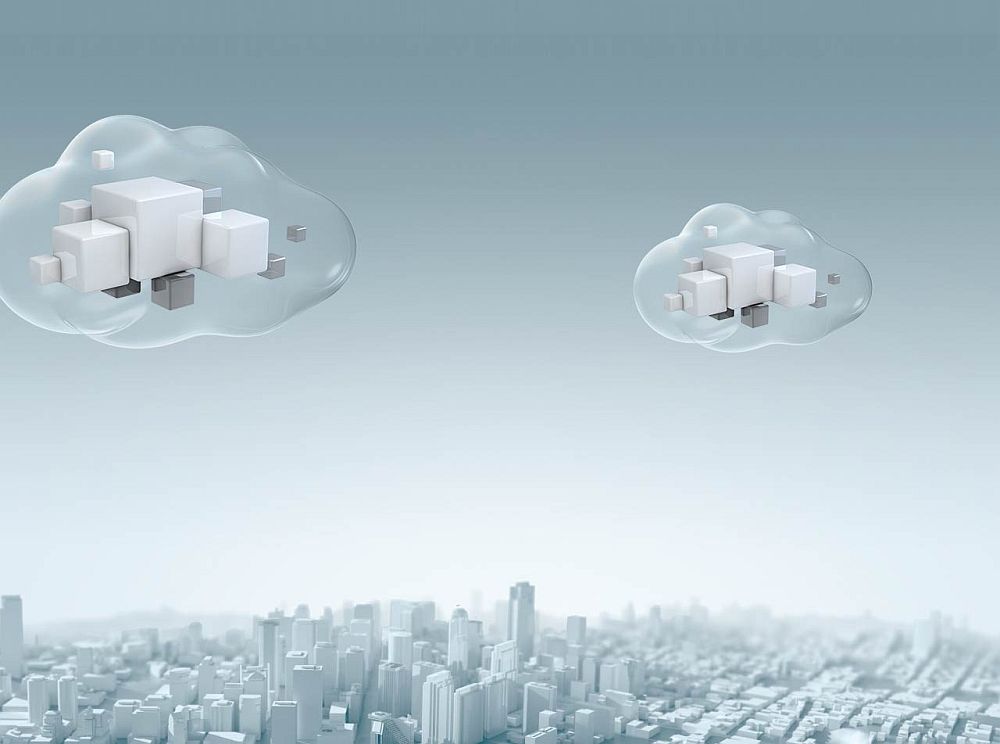First-of-a-kind service in India brings Oracle Cloud Platform inside customers’ own datacenters
MUMBAI, India – April 6, 2016 – To kickstart Oracle CloudWorld Mumbai, the company today introduced Oracle Cloud at Customer in India, a new suite of offerings that remove some of the biggest challenges organizations face when transitioning to the cloud. Oracle Cloud at Customer provides Chief Information Officers (CIOs) with new choices in where they deploy their enterprise software and a natural path to easily move business critical applications from on-premise to the cloud.
“While organizations in India are eager to move their enterprise workloads to the public cloud, many have been constrained by business, legislative and regulatory requirements, especially in tightly-controlled industries such as telecommunications, government, and banking, financial services and insurance (BFSI),” said Oracle’s Senior Vice President of Cloud, Shawn Price. “With today’s launch, Oracle addresses these challenges so that organizations across industries can reap the performance, cost and innovation benefits of Oracle Public Cloud and run it wherever they want – in Oracle Cloud or in their own datacenter.”
“This is the first offering from a major public cloud vendor that delivers a stack that is 100 percent compatible with Oracle Cloud, but available on-premises,” added Shailender Kumar, managing director, Oracle India. “Companies in India, especially those bound by regulatory pressures, can now leverage the cloud and speed up their business transformation. Oracle Cloud at Customer supports complete control over data, while facilitating data sovereignty and data residency requirements.”
Since the software is seamless with Oracle Cloud, customers can use it for a number of use cases, including disaster recovery, elastic bursting, dev/test, lift-and-shift workload migration, and with a single API and scripting toolkit for DevOps. It allows organizations to get all of the benefits of Oracle Cloud in their data center – agility, simplicity, performance, elastic scaling, and subscription pricing. Oracle Cloud at Customer solutions cover infrastructure, data management, application development, enterprise integration and management.
Additionally, customers can:
– Enable workload portability between on-premises and cloud using identical environments, toolsets, and APIs.
– Easily move Oracle and non-Oracle workloads between on-premises and the cloud based on their changing business requirements.
– Work with security and privacy regulations such as PCI-DSS for the global credit and debit card industry, HIPAA for the US healthcare industry, FedRAMP for the US federal government, Germany’s Federal Data Protection Act, the United Kingdom’s Data Protection Act, and other industry- and country-specific regulations.
Cloud technology is one of the most significant opportunities in Oracle’s history. The company is in a period of hyper growth and has bolstered its cloud presence throughout India within a variety of business segments. Many customers are purchasing more than one Oracle Cloud service and renewing at high rates. In India, Oracle Enterprise Resource Planning (ERP) Cloud, Oracle Human Capital Management (HCM) Cloud, Oracle Customer Experience (CX) Cloud, and Oracle Platform-as-a-Service (PaaS) offerings are attracting customers including Fiat Automobiles, Glenmark Pharmaceuticals, Hi-Tech Textile Automation, IndusInd Bank, Kovaion Consulting, L&T Finance, Safexpress Pvt. Ltd., Sun Edison, Schneider Electric, Toyota Kirloskar Motor Pvt. Ltd., among others.
Globally, Oracle Cloud has shown strong adoption, supporting 70+ million users and more than 34 billion transactions each day. It runs in 19 data centers around the world.
———————————————————————————————————————-
PRESS RELEASE









